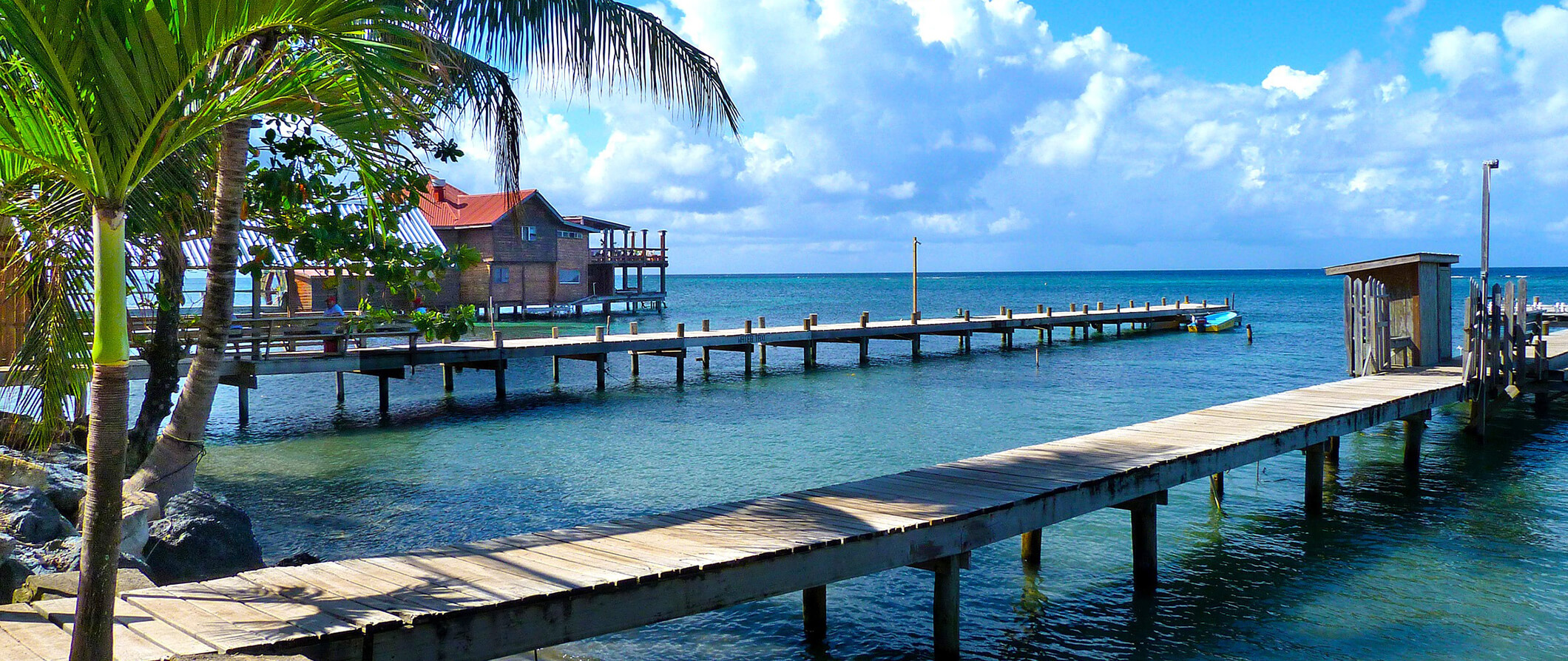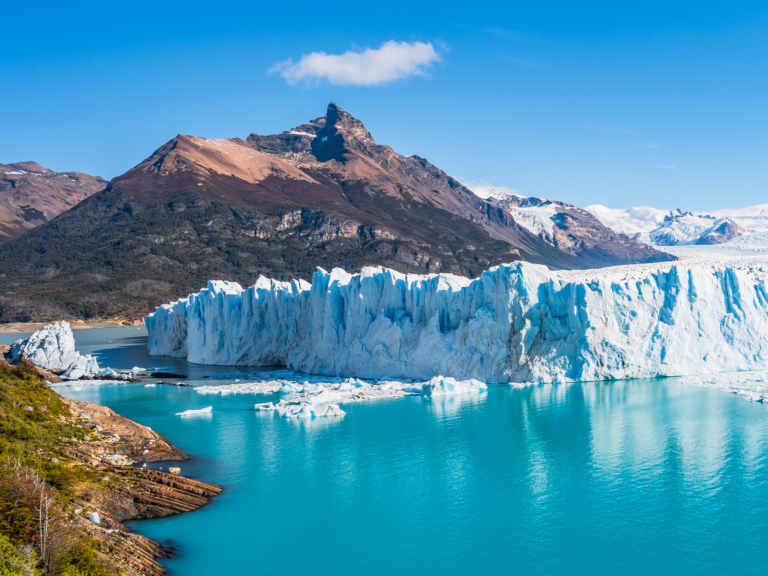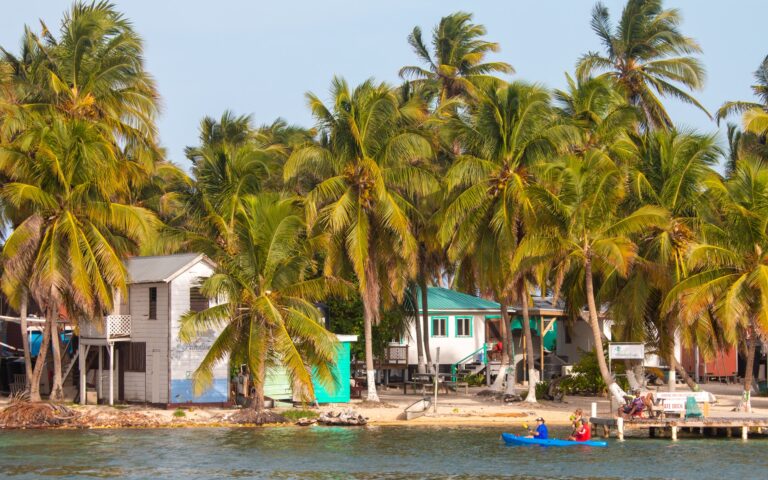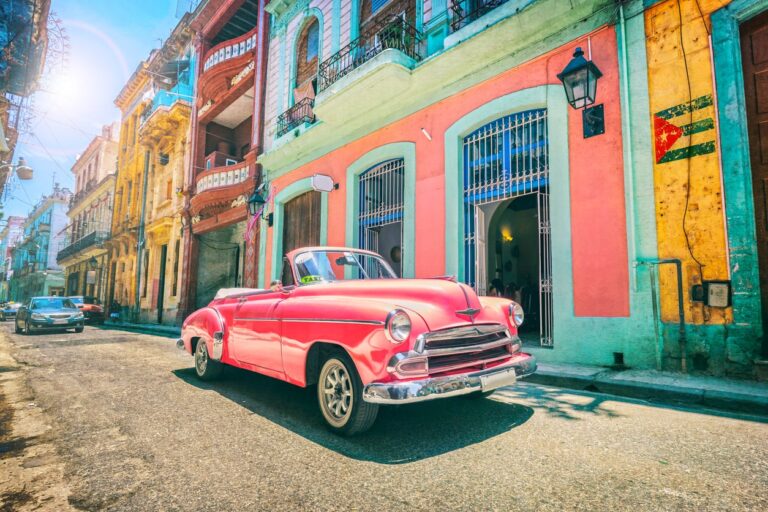Is Honduras Safe to Travel: Visitor Advisory

Safety in Honduras
Crime and Kidnapping Risks
Honduras presents several significant safety concerns for travelers, predominantly related to crime and kidnapping. The country has been designated as Level 3, “Reconsider Travel,” by the State Department due to these risks. This advisory underscores the widespread issues with violent crime, such as armed robbery, homicide, and gang-related violence, which are prevalent in both urban centers and remote areas.
Kidnappings, including express kidnappings, pose a real threat, particularly in urban locales. Organized gangs or even taxi drivers may coerce victims into withdrawing cash from ATMs (Smartraveller). In these situations, travelers are advised not to resist if they find themselves threatened.
Below is a table summarizing the nature of crime risks in Honduras:
| Type of Crime | Description |
|---|---|
| Kidnapping | Common, including express kidnappings |
| Armed Robbery | Frequent in urban areas |
| Homicide | High rates, especially in gang-dominated regions |
| Gang Activity | Extortion, street crime, and trafficking are widespread |
Violent Crime in Honduras
Violent crime is a serious issue in Honduras, exacerbated by the activities of criminal organizations. Active criminal groups significantly contribute to the country’s high murder rates, operating across urban centers as well as in remote border regions. As a result, police response to violent crime is often limited due to inadequate resources.
To help you understand the historical context of violent crime in Honduras, below is a table showing homicide statistics for recent years:
| Year | Homicides per 100,000 people |
|---|---|
| 2017 | 42.8 |
| 2018 | 40.1 |
| 2019 | 37.6 |
| 2020 | 37.6 |
| 2021 | 38.6 |
Data Source: Macrotrends
If you are planning to travel to Honduras, we recommend reviewing our guide on avoiding risky situations. Additionally, for insights into travel safety in other destinations, you might find these articles helpful: is it safe to travel to mexico, is it safe to travel to colombia, and is it safe to travel to the dominican republic.
Given these risks, it’s crucial to stay informed and take appropriate measures to ensure your safety while traveling in Honduras.
Specific Safety Concerns
State of Emergency in La Ceiba
La Ceiba, a city on the northern coast of Honduras, declared a state of emergency on August 14, 2024, due to a significant increase in crime and violence. This emergency declaration highlights the challenges that travelers may face when visiting certain regions of Honduras.
The state of emergency indicates a rise in both petty and violent crime, including robberies and assaults. As a visitor, you should exercise heightened awareness and avoid traveling to this area if possible. Check current advisories before planning your trip and consider safer destinations within Honduras.
Security Threats in Cortés
Cortés, another department in Honduras, faces considerable security threats. This region is plagued by high levels of criminal activity, including drug trafficking and violent crimes. The U.S. State Department has issued a Level 4 “Do Not Travel” advisory for certain areas within Cortés, particularly Gracias a Dios, due to weak infrastructure and limited government services.
| Area | Security Threats |
|---|---|
| La Ceiba | Rising crime and violence, state of emergency |
| Gracias a Dios | High criminal activity, weak infrastructure, drug trafficking |
In areas like these, it is crucial to take preventive measures to ensure your safety. Refrain from traveling alone, avoid displaying valuables, and stay informed about the latest travel advisories. The restriction of U.S. government personnel from traveling to Gracias a Dios due to prevalent narcotics trafficking reinforces the severity of the security threats.
For more information on safety measures, visit our section on practical safety tips. If you’re considering traveling to nearby countries, you might want to check safety advisories for destinations like is it safe to travel to colombia or is it safe to travel to mexico.
Safe Areas in Honduras
Not all regions in Honduras pose the same level of risk. There are certain areas known for lower crime rates and enhanced safety measures, making them more approachable for tourists. Two such areas are the Bay Islands, which include popular destinations like Roatan and Utila.
Bay Islands Safety
The Bay Islands are generally regarded as safer compared to other parts of Honduras. These islands, such as Roatan and Utila, attract numerous tourists and are known for their natural beauty and vibrant marine life. The islands have a lower incidence of violent crime and benefit from increased law enforcement.
However, caution is still advised. While violent crime rates are lower, instances of assaults on foreigners and home burglaries have been reported (Government of Canada). It’s essential to remain vigilant and take necessary precautions, such as avoiding secluded areas after dark and keeping valuables secure.
| Area | Crime Rate (per 100,000) | U.S. Government Travel Restriction |
|---|---|---|
| Bay Islands | Lower | None |
| Mainland | Higher | Present |
Roatan and Utila
Roatan and Utila are among the most visited islands within the Bay Islands. Both islands are favored for their beautiful beaches, rich coral reefs, and vibrant local culture. They are generally considered safe for travelers, especially if common safety precautions are observed (Sally Sees).
Roatan:
- Enhanced law enforcement
- Popular for scuba diving and snorkeling
- Lower incidence of violent crime
Utila:
- Known for its affordable diving schools
- Smaller, more laid-back environment
- Safe, but exercise standard caution
For those planning a trip to these islands, it’s advisable to keep abreast of any local advisories or updates. U.S. government employees face no travel restrictions in the Bay Islands, but incidents such as harassment and violent attacks have been reported, generally in the context of property disputes (Travel.State.Gov).
Consider visiting other popular destinations and checking related travel advisories such as is it safe to travel to jamaica or is peru safe to travel to for comparative insights. By staying informed and taking basic safety measures, you can enjoy a secure and pleasant experience in the Bay Islands.
Historical Crime Rates
Understanding the historical crime trends in Honduras can provide valuable insight into the current safety conditions for tourists considering a visit.
Homicide Statistics
Honduras has historically faced significant challenges with violent crime, particularly homicides. From 2005 to 2011, the country had the highest homicide rate in the world, peaking at 86.5 homicides per 100,000 residents. This meant that, during this period, a staggering 87 people were murdered for every 100,000 inhabitants, a rate nearly 18 times higher than that of the United States.
In recent years, there has been some improvement. In 2019, Honduras had a homicide rate of 44.7 per 100,000 residents (Macrotrends). While this number still indicates a relatively high level of violence, it represents a noteworthy decrease from the peak rates of the past.
| Year | Homicide Rate (per 100,000 residents) |
|---|---|
| 2005 | 56.5 |
| 2011 | 86.5 |
| 2019 | 44.7 |
Reduction in Violence
Efforts to reduce violence in Honduras have yielded positive results over the past decade. Since 2011, the country has successfully halved its homicide rate, demonstrating significant progress in enhancing public safety. This reduction in violence is a key factor in making the country a more secure and appealing destination for tourists.
Honduras’ improvements in safety are part of broader efforts to foster a stable environment where residents and visitors alike can feel more secure. These changes are crucial for anyone planning to travel to Honduras, as they represent a trend towards greater safety and stability.
If you are considering whether is it safe to travel to Honduras, understanding these historical crime trends and the ongoing efforts to enhance safety can help inform your decision.
Travel Advisory Information
When considering travel to Honduras, it is essential to be aware of the travel advisories issued by the U.S. Department of State. These advisories categorize countries based on safety and security levels, providing travelers with critical information to ensure their safety.
Level 3 and Level 4 Designations
The U.S. Department of State assigns travel advisory levels to countries based on potential risks. Honduras has regions that fall under Level 3 and Level 4 advisories.
-
Level 3: Reconsider Travel – This designation applies to areas with significant safety concerns, advising travelers to reconsider their plans. It is important to stay vigilant, practice heightened security measures, and follow the guidance of local authorities.
-
Level 4: Do Not Travel – This is the highest advisory level due to severe safety risks. The Gracias a Dios Department in Honduras falls under this category. This region experiences high levels of criminal activity, including narcotics trafficking, as well as weak infrastructure and scarce government services.
| Region | Advisory Level | Reason |
|---|---|---|
| Gracias a Dios | Level 4: Do Not Travel | High criminal activity, drug trafficking, weak infrastructure |
Understanding these advisory levels is crucial before making travel plans to Honduras. It provides a clear picture of the areas where caution is needed the most. For further details on other countries, you might find our articles “Is Guatemala safe to travel” and “Is El Salvador safe to travel” helpful.
Restrictions on U.S. Government Personnel
Travel restrictions are also imposed on U.S. government personnel in Honduras. These restrictions are crucial indicators of security threats in specific regions. U.S. government personnel are restricted from traveling to the Gracias a Dios Department due to the prevalent narcotics trafficking, limited infrastructure, and scarcity of government services.
Travelers should understand these restrictions, as areas deemed unsafe for government personnel are likely to present high risks for tourists as well. It is advisable to:
- Avoid large gatherings prone to demonstrations
- Adhere strictly to local laws
- Follow guidance from local authorities
For more practical advice, please refer to our section on personal security measures when visiting Honduras. This information can help you navigate your travel plans more safely not only in Honduras but also in other regions you might be interested in, such as “Is Belize safe to travel” and “Is Colombia safe to travel“.
Practical Safety Tips
Personal Security Measures
When considering “is Honduras safe to travel,” your personal security should be a top priority. Here are some key measures to consider:
- Stay Aware: Always be vigilant about your surroundings, especially in urban centers and crowded areas where criminal activity is more prevalent. Smartraveller.
- Avoid Flashing Valuables: Refrain from wearing expensive jewelry or displaying gadgets openly to minimize the risk of theft and armed robbery.
- Secure Your Documents: Keep your passport, travel tickets, and other important documents secured in a hotel safe or a concealed money belt.
- Use Registered Taxis: Avoid accepting rides from strangers or unregistered taxis. Express kidnappings by taxi drivers are a reported risk (Smartraveller).
- Communicate Plans: Inform a friend or family member of your movements and expected return times.
- Emergency Contacts: Have the local embassy or consulate information at hand, along with emergency contact numbers.
For detailed advice on personal security when traveling, visit the U.S. Department of State’s recommendations.
Avoiding Risky Situations
Certain areas and situations in Honduras pose more risks than others. Here are important precautions to minimize danger:
- Avoid Night Travel: Refrain from traveling at night, especially in poorly lit areas. High risks of armed robberies and carjackings frequently occur after dark (Smartraveller).
- State of Emergency Zones: Stay away from regions like La Ceiba and Cortés during state emergencies due to increased security threats. Detailed information is available under specific safety concerns.
- Limit Cash Withdrawals: Use ATMs in well-lit, public places, and try not to withdraw large sums of money at once. Exercise caution against credit and ATM fraud (Smartraveller).
- Avoid Large Gatherings: Steer clear of large demonstrations or gatherings which might escalate and become violent.
- Use Legal Routes: Stick to well-known paths when exploring. Remote or border areas can be particularly dangerous due to a lack of police presence and increased criminal activity.
- Scam Vigilance: Be wary of unsolicited offers and requests for money or information. Scammers often target tourists (Smartraveller).
Implementing these practical safety tips can improve your personal security while traveling in Honduras. Additionally, for insights on safety and travel to other destinations, check our related articles on is it safe to travel to Mexico, is Cancun safe to travel, and is it safe to travel to Jamaica.






